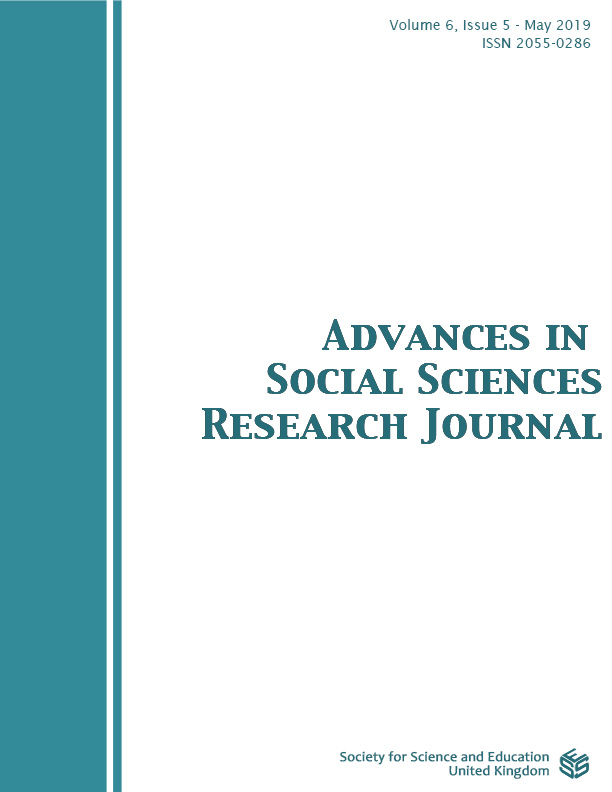Applying Count Models to Estimate the Tourism Demands and Recreation Benefits of Taijiang National Park
DOI:
https://doi.org/10.14738/assrj.64.6522Abstract
In this study, a survey was conducted with tourists at Taijiang National Park. The results were analyzed using a t-test and one-way analysis of variance to determine whether the demographic variables of tourists exhibited significant differences in total annual travel costs, and then the travel cost method was applied to estimate the recreation benefits of Taijiang National Park. Regarding an empirical model for tourism demand at Taijiang National Park, this study used a truncated Poisson regression (TPOIS) model, truncated negative binomial regression model, and On-Site Poisson model to correct errors due to the truncation and endogenous stratification of the field samples. The results revealed the following: (1) The On-Site Poisson model yielded results that were superior to those yielded by the other two models and was thus more suitable for estimating the tourism demand at Taijiang National Park. (2) The three recreation benefits (consumer surplus, compensating variation, and equivalent variation) estimated by the TPOIS model were significantly greater than those estimated by the On-Site Poisson model. (3). Based on the estimation by the On-Site Poisson model, the price elasticity and income elasticity of the recreation demand at Taijiang National Park were -0.5423 and 0.3729, respectively. (4) Based on the estimation of the recreation benefits of Taijiang National Park by using the On-Site Poisson model, the consumer surplus was NT$4,167/person/year.
Downloads
Published
How to Cite
Issue
Section
License
Authors wishing to include figures, tables, or text passages that have already been published elsewhere are required to obtain permission from the copyright owner(s) for both the print and online format and to include evidence that such permission has been granted when submitting their papers. Any material received without such evidence will be assumed to originate from the authors.






